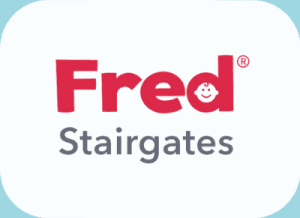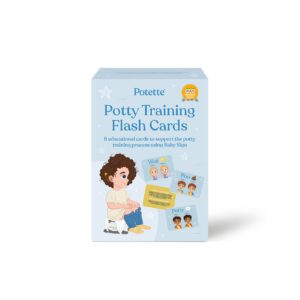Most schools and nurseries have small toilets made especially for children which will allow their feet to the touch the floor. As most homes only have adult size toilets, the high step stool is required to match this poo – friendly environment. For children who do not like the splash from the toilet, show them how to place a sheet of toilet paper over the water to prevent this from happening. This is something they can then replicate in school.
Starting school or nursery can be an exciting time for many children and their families. However, as with any transition, change can sometime feel overwhelming for others. Some families feel nervous about how their little one will manage toileting independence during the school day.
Here at Cheeky Rascals, we have created a step – by – step plan to support you and your child with this transition.
Here are our top tips for supporting your little one to prepare for using the toilet at school or nursery:
Step 1: Ensure your child is not constipated
Constipation is one of the most common barriers to toilet training. Ongoing urinary accidents can sometimes be the result of a heavy, constipated bowel providing pressure to the bladder, making accidents more likely.
If your little one has been experiencing ongoing urinary accidents, it is always worth having a chat with their GP to rule out constipation.

Constipation can also make pooing more difficult, especially if the poos are now painful to pass. It can sometimes be linked to children holding their poo, making potty training more difficult. Soiling can sometimes occur when the child is constipated.
To promote a smooth transition to school toilet training, it is helpful to first ensure that any ongoing constipation is being managed. Speak to your GP for tailored advice is recommended in this instance. Providing a diet rich in fibre, water and adequate exercise is helpful to keep bowels and bladders healthy.
Step 2: Move from the potty to the toilet
If your child has been using the potty in preference to the toilet, it can be helpful to make the transition to the toilet before starting school. First start by moving the potty into the bathroom, so your child becomes familiar with emptying their bowel and bladder in this environment. Then provide a child’s toilet insert (the Potette transforms into a toilet seat and is ideal for this stage in toilet training) coupled with a high toilet step. Your child’s feet should be flat on the step whilst using the toilet to ensure proper release.
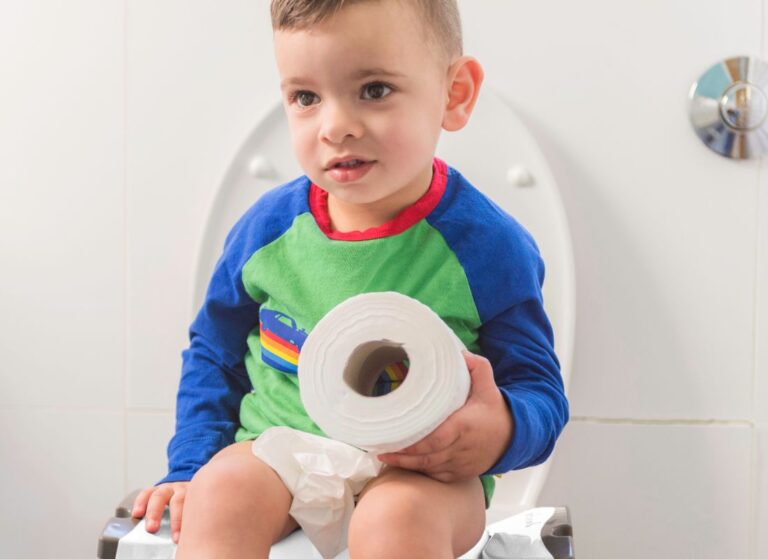
Step 3: Let them know what to expect
Many children respond well to being supported to understand what to expect from a new transition, and using the toilet at school is no exception.
Some children will already be used to using little toilets if they have previously attended Day Nursery. But for other children, who have been cared for solely in a home environment, they may be unaware of what to expect.
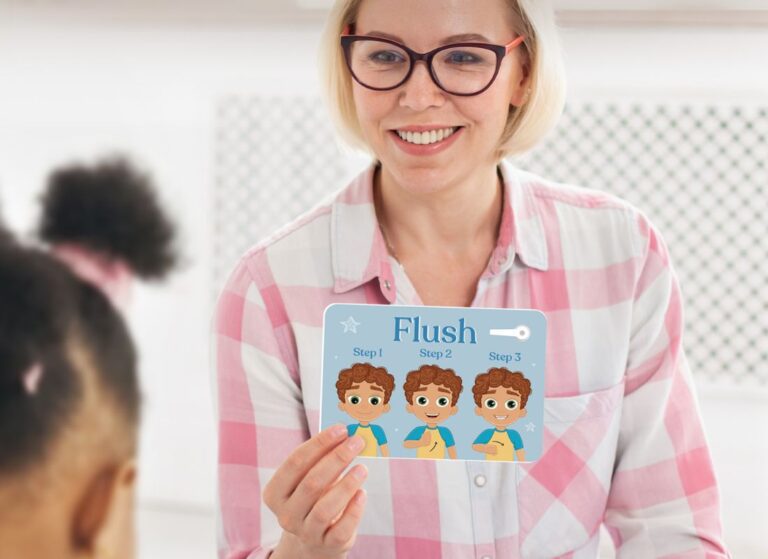
Talk to them about what to will happen. It could be useful to show them a photo of a little toilet, toilet cubicles and hand basins. If possible it would be really helpful if school could provide a photograph of the toilet area in advance, but we appreciate this is not always possible.
Talk to your child, to help them to understand how to ask to use the toilet in their setting. Ideally letting them know who it is they need to inform when they need to go. For children who may not be able to communicate their needs verbally, it can be helpful to support them to communicate in a way best matched to their individual needs, such as Makaton, Baby Sign or Flash Cards. Potette Potty Training Flash Cards can support your child to communicate their needs through the use of Baby Sign and Flash Cards. Just ensure that school / nursery staff are aware of how your child best communicates their needs, so they know how to respond.
Step 4: Practice Toilet Training independence.
Many children who have mastered Toilet Training, still need some support with the process – such as wiping their bottom or pulling up their trousers. However, for those starting nursery or school, this is a good time to support them with these independent skills ready for use come September. Show your child how to wipe their bottom, telling them to keep going until their toilet paper is clean. For girls ensure they know to wipe front to back.
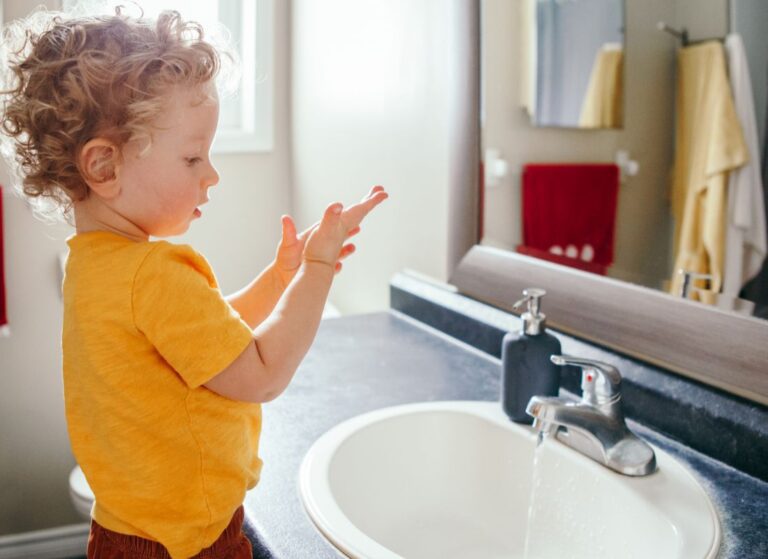
Pulling their trousers and underwear up and down takes coordination, dexterity and patience. Give them the time to practice this themselves. Buttons and zips are often too complicated and require more dexterity than those in the early years can manage. Elasticated waist pants are usually an easier choice for this age group. You could even do a trial run, where your child can spend a few days in their school uniform to familiarise themselves with it, and allow them to practice pulling their clothes up and down during this time, so they are confident come the start of term.
Support them to master the whole process including washing and drying their hands. If their school uses paper towels it could be worth securing some, to show them the process of drying their hands and placing them into the bin as required.
Step 5: Work in partnership with school / nursery
Some children approach school or nursery and for a variety of reasons may still need some support with toilet training. It is helpful to work in partnership with their school or nursery setting. Speak with them about any worries you may have, and any individual needs your child may experience.

Most schools and nurseries will be supportive and work in partnership with you to support your child in a child centred way. The process will be so much easier if you can work together and come up with an individual support plan for your child if required.
Good luck with this new transition for both you and your little one. Any transition can feel emotional for parents, as we watch our little ones grow, develop and flourish. Look after yourself during this time. Hope this proves a positive transition for both you and your little one.





